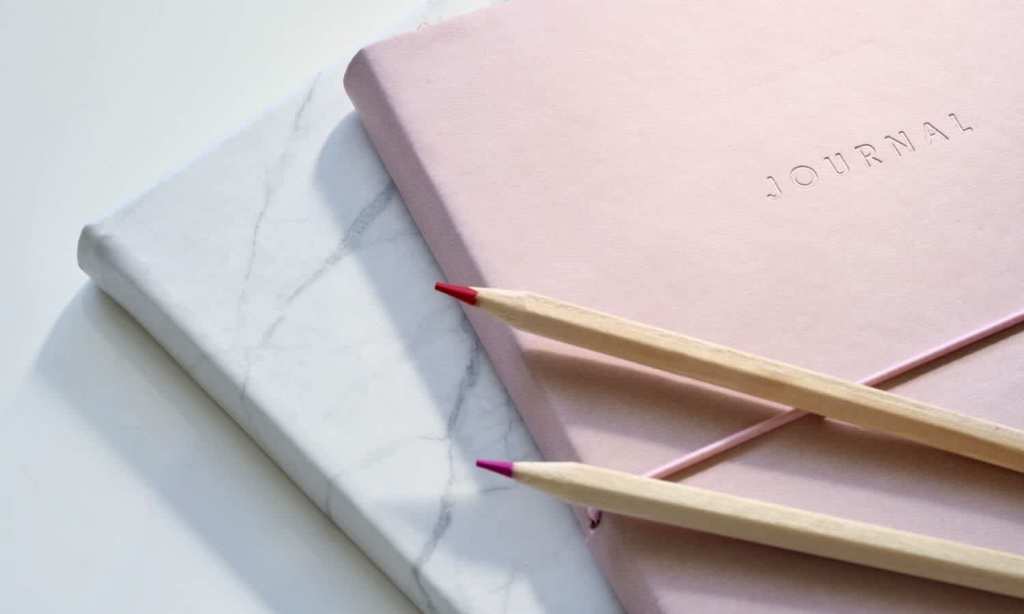As someone who suffers from extreme bouts of anxiety, I’ve worked hard to find ways to cope. And one of them has been journaling. It’s helped me both in the moment of anxiousness — I usually write a stream of consciousness or what I’d tell myself if a friend had come to me with the same situation — and in later times of anxiety, when I reread what I’d written back then, now knowing how everything played out.
But while that’s how journaling for anxiety works for me, what exactly is the reasoning behind it?
“Journaling is a great way of managing big emotions, whether it’s anxiety, anger, confusion or otherwise,” says Amber Rules, psychotherapist and founder of Rough Patch Counselling. “The action of getting something out of your head and onto paper is similar to talking about it — it forces you to article how you’re feeling and, in that process, can help with clarity or releasing the intensity of emotion.”
As for what you should be aiming for when journaling for anxiety, Rules says you shouldn’t have a specific goal in mind. “It’s to help you in whichever way you need it,” she says.
“Journaling doesn’t have to make sense to anyone but you, and you don’t even have to write coherent sentences. Some people craft long, beautiful, concise journal entries, and some just write random words, draw pictures, or even scribble. How you use journaling is up to you, and there’s no wrong way to do it.”
Whichever way you do choose to journal, however, be sure it makes sense for you – and remember, it might take awhile to get into the swing of things, Rules adds. Ahead, she shares five ways you can try journaling for anxiety.
Journal to Challenge Anxious Thoughts
Using a Cognitive-Behavioural technique, you can reflect on the ABCs. Thinking about your anxiety, write down:
A: Activating event (eg. my partner hasn’t responded to my text for several hours and I feel very anxious about it)
B: Beliefs about the event (eg. my partner must be angry with me. Maybe they are leaving me. I deserve to be left because I was so awful to them this morning!)
C: Consequences, including your emotional and behavioural responses (eg. lashing out and sending angry text messages, emotional collapse due to feeling fearful and overwhelmed, self-harming behaviour like binge drinking, more anxiety thoughts, etc).
Using this technique, you can reflect on the connection between your beliefs and the consequences, and challenge these thoughts with a more rational approach. You might write down some anxiety-challenging thoughts such as ‘If my partner is angry with me, it doesn’t mean I need to lash out. I am loveable, even when I’m anxious or angry’.
Freewriting
Set a timer and simply write — start with 10 minutes if you’re unsure. Don’t worry about spelling or things that don’t make sense, just write until your timer finishes. Write everything down, no matter how odd or fractured it may seem. The idea is to allow your brain to ‘freestyle’ and get everything out that it needs to. You may be surprised by what you write down.
Use Journal Prompts
You can find journal prompts with a quick Google search, or you can buy a journal specifically with prompts for anxiety (or any other topic). This is a great way to ease into journaling and will give you some focus (which you can also ignore if you get on a roll!)
Worry Journaling
Make a list of all the things that are worrying you, no matter how small. Then, scale them from 1-10 of how likely they are to occur. For the high-ranking worries, write down a few ways you can prevent or alleviate the worry. Notice how you feel afterwards? Does it help to realise some of your worries are only 2 or 3 on the scale?
Gratitude Journaling
Write down a list of all the things you are grateful for, both big and small. Write as many things as you can, including people, places, situations and things. How do you feel after doing this?
Read more stories from The Latch and subscribe to our email newsletter.







